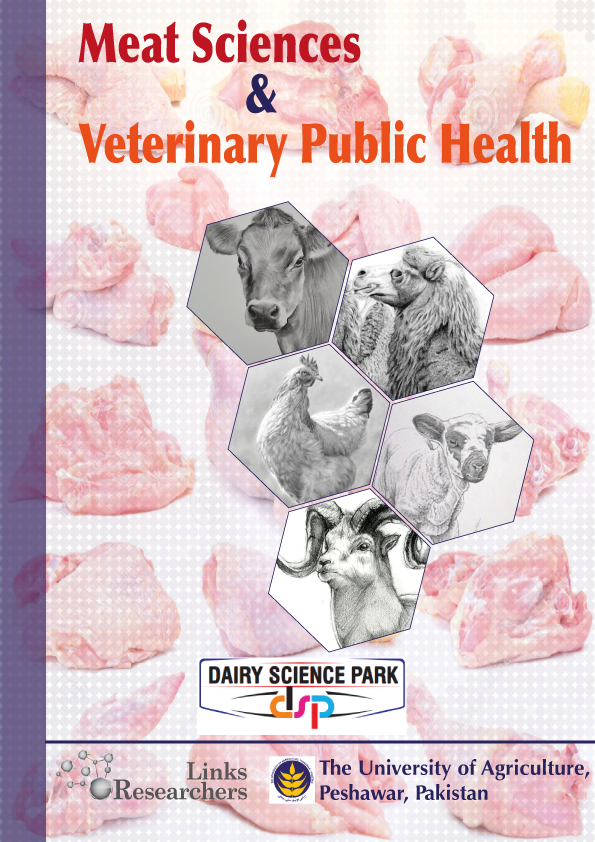Mohammed Ali Hussain, Zakiya Ahmed Hassan
Ghulam Ali Bajwa and Muhammad Arshad Khan
Sania Subhan Qureshi, Mian Saeed Sarwar and Zahir Shah
S. K. Dutta, S. Roy Chowdhuri, D. Pandit and A. K. Bajpai
Muhammad Ibrahim and Ahmad Khan*
Zabih Ullah*, H. Rahman and Niaz Muhammad
Hafiz Muhammad Tahir1, Khanum Zahra2, Arooj Zaheer2, Khizar Samiullah3
Hafiz Muhammad Tahir*, Arooj Zaheer and Rabia Yaqoob
Waqas Liaqat1, Mohammad Akmal1* and Jawad Ali
Haq Nawaz Malik*, Iffat Ara**, Muhammad Naeem, Mozammil Hussain, M. Hanif Munawwar and M. Yousaf
Ashiq Saleem, Habib Iqbal Javed, Rashid Saleem,* Muhammad Ansar** and M. Amir Zia*
Syed Asif Imran Shah*, Shah Jehan Khan**, Abdul Aziz Baloch*** ,
Obaid Ullah Sayal**, Kalim Ullah* andShujaat Ali**
Muhammad Faheem Jan1*, Asad Ali Khan1, Waqas Liaqat1, Haseeb Ahmad1, Muhammad Dawood Ahmadzai1 and Wazir Rehan2
Masab Umair Khan, Syed Mehar Ali Shah, Hidayat-ur-Rahman, Arshad Iqbal* and Ezaz Aslam
Abid Ali1*, Hidayat ur Rahman1, Farhatullah1 and Zahir Shah2
Muhammad Zeeshan Nazar*, Ayyan Umer, Zahid Mahmood Sarwar, Faiz Ullah Faiz and Sikandar Hussain
Mehreen Ijaz
Gulnaz Ismaylova
Hafiz Muhammad Tahir*, Iram Liaqat*, Junaid Nadeem, Hammad Aamir and Shaukat Ali
Ayesha Muzamil, Hafiz Muhammad Tahir, Shaukat Ali, Iram Liaqat, Aamir Ali, Muhammad Summer
Naila Shahzadi1, Hafiz Muhammad Tahir1*, Shaukat Ali1, Muhammad Farooq Bhatti2, Azizullah1, Shafaat Yar Khan3, Abdul Khaliq4
Guo-dong Zhao1,2*, He-ying Qian1,2, Yi-ling Zhang1,2, Gang Li1, 2, Jian Tang1, 2 and An-ying Xu1,2*
Iqtidar Hussain1, Haroon Shahzad2*, Sami Ullah2*, Muhammad Jawad Nazir1 and Muhammad Rizwan3
Sharon Zulfiqar1, Mubashar Hussain1*, Kiran Aftab1, Muhammad Faheem Malik1, Rizwan Khursheed2, Somia Liaqat1 and Maimoona Kanwal1
Sajid Ali1*, Shahen Shah2, Muhammad Amin3, Asad Ali Khan2, Sajjad Khan4, Dawood Ahmad5, Faiq Ahmad2, Maaz Khan2, Sikandar Azam1, Siddique Ahmad2 and Bismillah Khan2
Ghulam Ali Bajwa1*, Zahid Rızwan2 and Muhammad Atıf Majeed1
Sehrish Akram1, Abida Butt1* and Shakil Ahmad Khan2
Naila Shahzadi1, Hafiz Muhammad Tahir1*, Azizullah1, Muhamamd Farooq Bhatti2, Shaukat Ali1, Muhamamd Summer1 and Farman Ahmad Chaudhary3
Aamir Ali, Hafiz Muhammad Tahir*, Azizullah, Shaukat Ali, Muhammad Farooq Bhatti, Muhammad Summer and Ali Haidar Gormani
Muhammad Salman1*, Naveed Ahmed2, Mir Manzar Ud Din3, Fazli Amin4 and Arsalan Ali5
Muhammad Farooq Bhatti1, Hafiz Muhammad Tahir1*, Aamir Ali1, Hooria Ashraf Khan1, Rabia Fajar Ali2, Ayesha Muzamil1, Fariha Munir3, Fatima Ijaz1, Rizwan Khurshid3
Shama Sadaf1*, Ayesha Saeed1, Komal Hassan1, Zeeshan Ahmad2 and Maha Naeem Butt1
Ndubuisi Chinedu Adikuru1*, Paul Inyang2, Abraham Agwu Ngwuta1, Chinyere Prisca Anyanwu1 and Rosemond Adaohuru Alagba1
Mir Manzar Ud Din1*, Naveed Ahmad1, Muhammad Salman1, Fazli Amin1 and Saeed Ud Din2
The PFI-1mulberry variety, being better in all performanc...
Sericulture was introduced in Taxila locality of Punjab immediately after independence in 1947. Subsequently, it was introduced in and around the irrigated forest plantation where mulberry was available in abundance to support the silkworm rearing programme. Since then it made a slow but s...
The moths from hibernating pupae emerge during March and copulate 10-20 hours after emergence. The duration of mating varies from 25 minutes to 8 hours. The moths start laying eggs 12 hours after mating. A single female on an average lays 163.5 eggs with a range of 71 to 26...
Huzaifa Hammad1, Bakhtiar Gul1, Haroon Khan1, Muhammad Fawad1*, Hafizullah2, Haidar Ali3 and Tamana Bakht4
Farhan Anjum1*, Sheraz Ahmad Khan1, Raees Muhammad2, Yousaf Jamal1, Durrishahwar1, Jawad Ali Shah1 and Hidayat Ullah1*
Bushra Mushtaq, Aamir Ali, Hafiz Muhammad Tahir*, Ayesha Muzamil, Hooria Ashraf Khan, Hamid Manzoor, Naveed Akhtar, Kiran Zainab
Syeda Khshnood1, Muhammad Yasir Khan2, Qayash Khan1, Farooq Jan1, Saman Yaqoob1, Kashmala Jabbar1, Ikramullah Khan1, Nasir Shah2, Iqra Ambreen1, Guleena Khan1 and Abdur Rauf1*
Featuring
-
Evaluation of Genetic Variability and Yellow Rust in Selected Wheat Lines
Muhammad Sadiq, Nadia, Abdur Rauf, Khilwat Afridi, Muhammad Qayash, Saman Yaqub, Kashmala Jabbar, Guleena Khan, Ikramullah Khan, Adeel Khan, Tahseen Ullah, Tanweer Kumar, Muhammad Arif, Muhammad Ismail and Muntaha Munir
Pakistan Journal of Weed Science Research, Vol.31, Iss. 1, Pages 16-36
-
Comparative Assessment of the Agronomic Traits of White Maize Hybrids with National and Multinational Hybrids
Syeda Khshnood, Muhammad Yasir Khan, Qayash Khan, Farooq Jan, Saman Yaqoob, Kashmala Jabbar, Ikramullah Khan, Nasir Shah, Iqra Ambreen, Guleena Khan and Abdur Rauf
Pakistan Journal of Weed Science Research, Vol.31, Iss. 1, Pages 07-15
-
Unraveling the Competitive Dynamics: Effects of Jungle Rice (Echinochloa colona L.) Density on Maize (Zea mays L.) Productivity and Quality
Sheheryar and Iqtidar Hussain
Pakistan Journal of Weed Science Research, Vol.31, Iss. 1, Pages 1-6
Subscribe Today
Receive free updates on new articles, opportunities and benefits

© 2025 ResearchersLinks. All rights Reserved. ResearchersLinks is a member of CrossRef, CrossMark, iThenticate.












